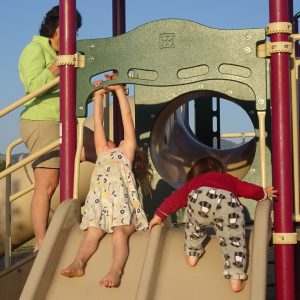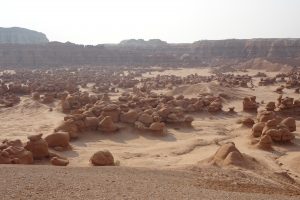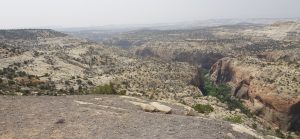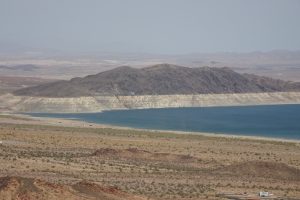25-28 July: We went with Lowry, Kyle, and the girls for a four-day/three-night camping vacation. Chatfield is only an hour’s drive from their home and has playgrounds, paved bike paths, and a swim beach. Early on our first morning there we awoke to the sight of the park’s colorful hot air balloon drifting close over the campground. Later that morning Amy’s brother Bill, his son Paul, and daughter Hannah with her two young daughters came up from Colorado Springs to visit with us for a couple of hours.


In the Afternoon, “Mimi” (Amy) and Lowry drove the girls to the beach, while “Beepee” (Paul) went for a run on the bike path to meet them there. An interesting exhibit near the path was Slocum Cabin, built by an unknown trapper around 1850 and thought to be the oldest building in the Denver area or even in all of Colorado. The Slocum family moved into it in 1859 and owned it for multiple generations. This small cabin (10’ x 12’) of well-crafted logs, dovetail corner joints, and a stone chimney was moved recently to its present location in the park, needing only minor repairs and a new roof and door.



The next day we hiked in Mount Falcon State Park past the ruins of a mansion built starting in 1909 on top of a high ridge southwest of Denver by John Brisben Walker, a prominent businessman and entrepreneur. (A short interesting summary of his diverse career is at https://morrisonhistory.org/people/john-brisben-walker/.) His wife died in 1916, then in 1918 lightning struck the house and it burned to the ground, leaving only the stonework and foundation that remains today.



On the day we left the campground, we rode our bikes about 15 miles on the Mary Carter Greenway paved bike path along the South Platte River, stopping along the way for an elegant brunch at Lucile’s Creole Café. Oakley and Corwyn enjoyed the ride from their Trail-a-Bike seats behind Kyle and Lowry.












































